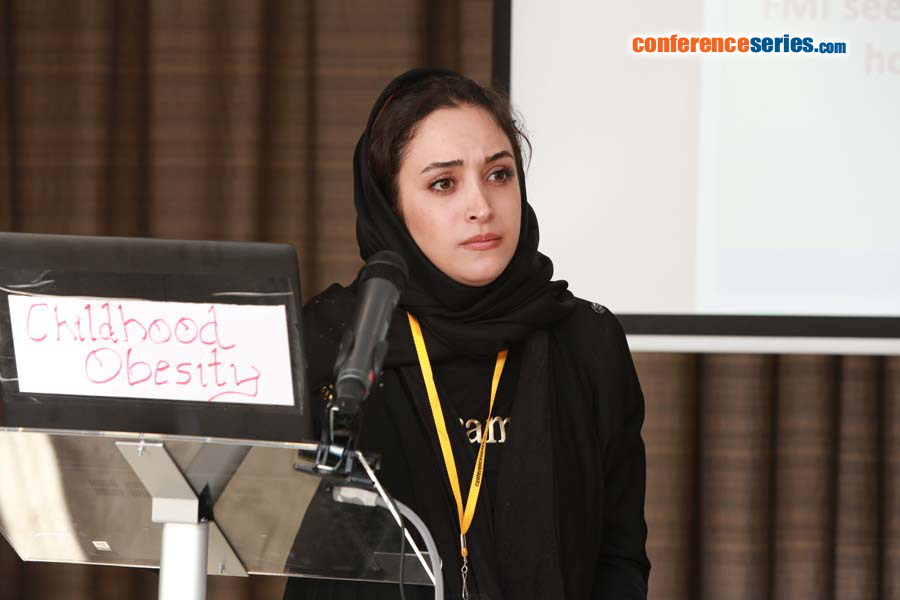
Mehnoosh Samadi
Kermanshah University of Medical Sciences, Iran
Title: Fat mass index or body mass index; which is more accurate in diagnosing childhood obesity?
Biography
Biography: Mehnoosh Samadi
Abstract
As for increasing prevalence of obesity in children, it is essential to use a measure that accurately diagnoses obesity in children. The purpose of this study was to determine the sensitivity and specificity of body mass index (BMI) compared to fat mass index (FMI) as a measure of child actual obesity. This cross-sectional study was conducted in 580 girls aged 8-10. In this study, FMI at or above 90th percentile of age specific data (FMI 6.9 kg/m2) are known as obese and FMI less than 90th percentile are known as normal weight. ROC curves to evaluate performance BMI against FMI was used to determine the actual obesity. The kappa test was done to determine whether the two criteria were used to define obesity in children. Mean and SD BMI and FMI in children was 19.4±3 (kg/m2) and 6±2.1 (kg/m2) respectively. The area under the ROC curve 83% was calculated and the sensitivity and specificity and cut-off point of BMI compared with FMI was calculated 21.2 kg/m2 and 59 percent and 97 percent. The agreement between BMI=21.2 kg/m2 and FMI=6.9 kg/m2 to determine obesity was 0.5. In this study, the BMI sensitivity was poor and only 59% of the children who were obese based on FMI, were also obese based on BMI and 3% of the children, who were identified as non-obese based on FMI, were obese based BMI. FMI seems more accurate measure of obesity than BMI is, however, more research is needed in this area.






